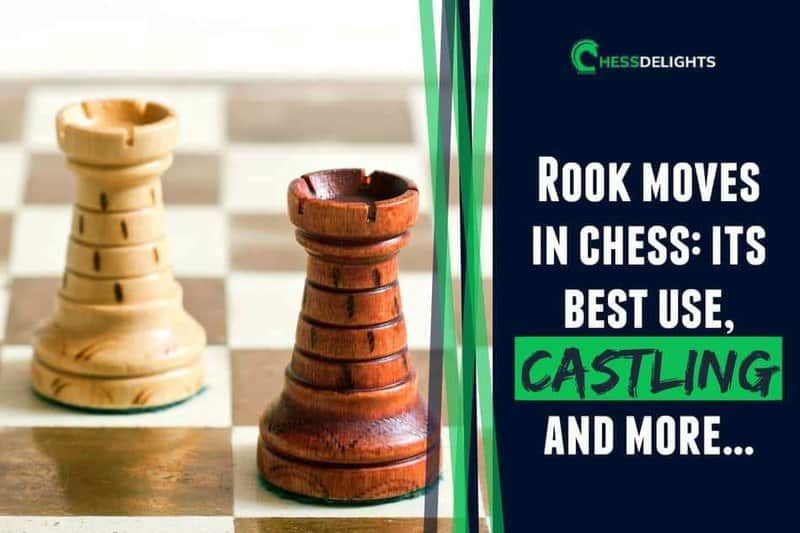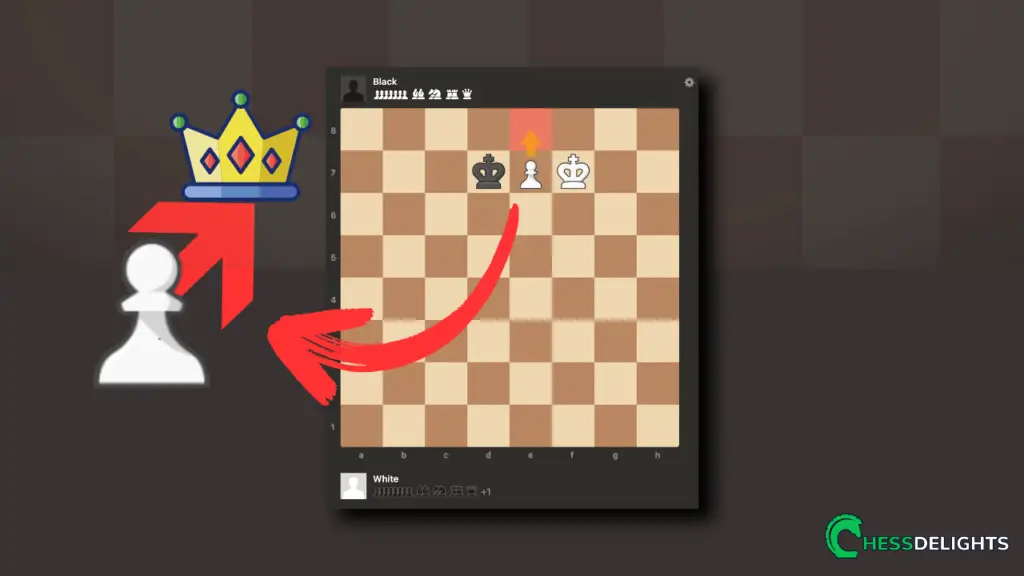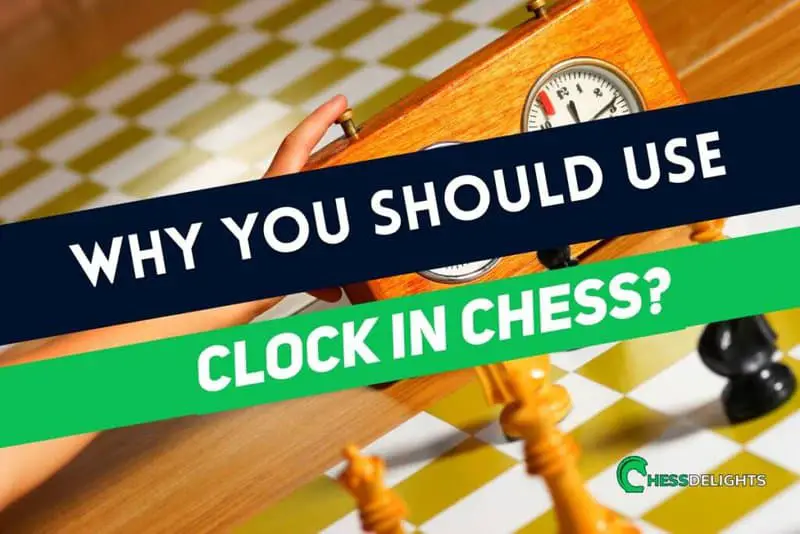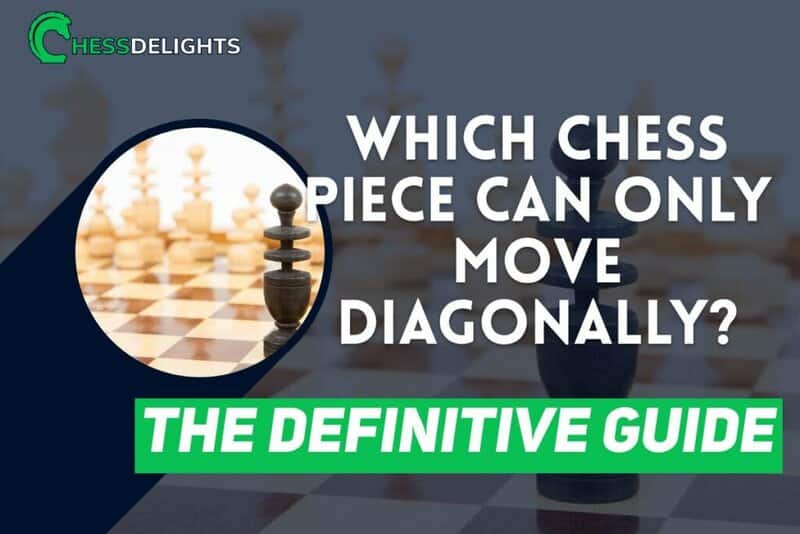The chess piece that looks like a castle tower is called a rook, each player will start with two rooks, and they are positioned at the corner of the board (a1, h1 for white, a8, h8 for black).
When you are going to use the rook, which is the second most powerful chess piece on the board, you have to learn some of its best use, the relation of castling with king and other important rook tactics.
Regarding kings, you might find this article about what happens if the king gets to the other side.
So, in the next section, we are going to learn everything about the rooks, and the first thing you need to learn is how the rook moves in chess.
How does the rook move in chess?
The rook can really have strong control of the squares when it is in the proper position. The rook can move on squares horizontally and vertically, going forward and backwards (see image below).

Rook movements in chess are not that difficult to learn; the rook basically moves straight squares and doesn't move diagonally.
Now that you know the basic movement of the rook, how does it capture a chess piece? When you want to capture a chess piece using a rook, all you need to do is occupy the piece's square (see image below).
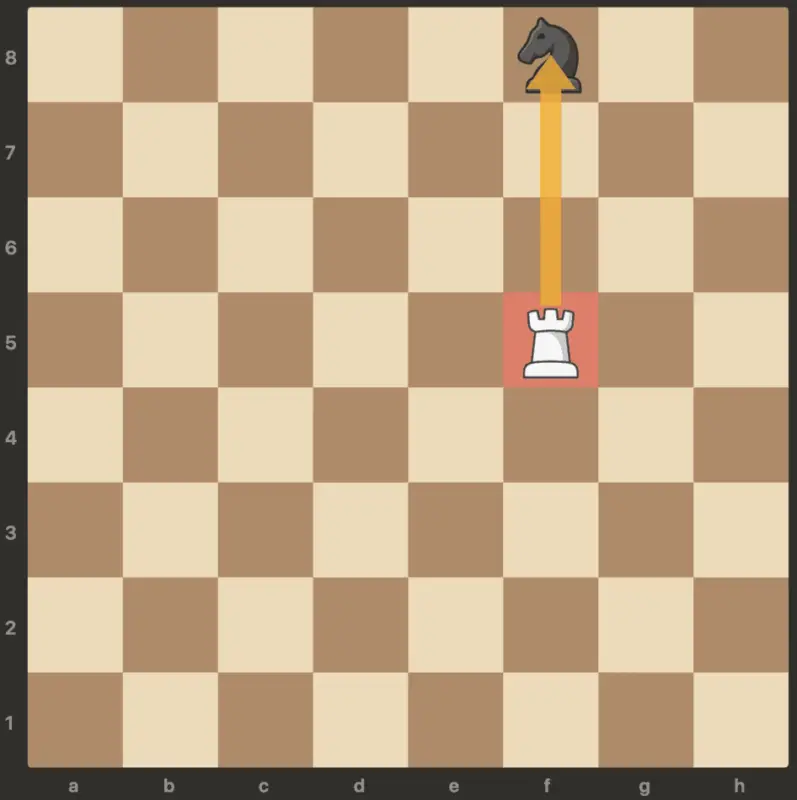
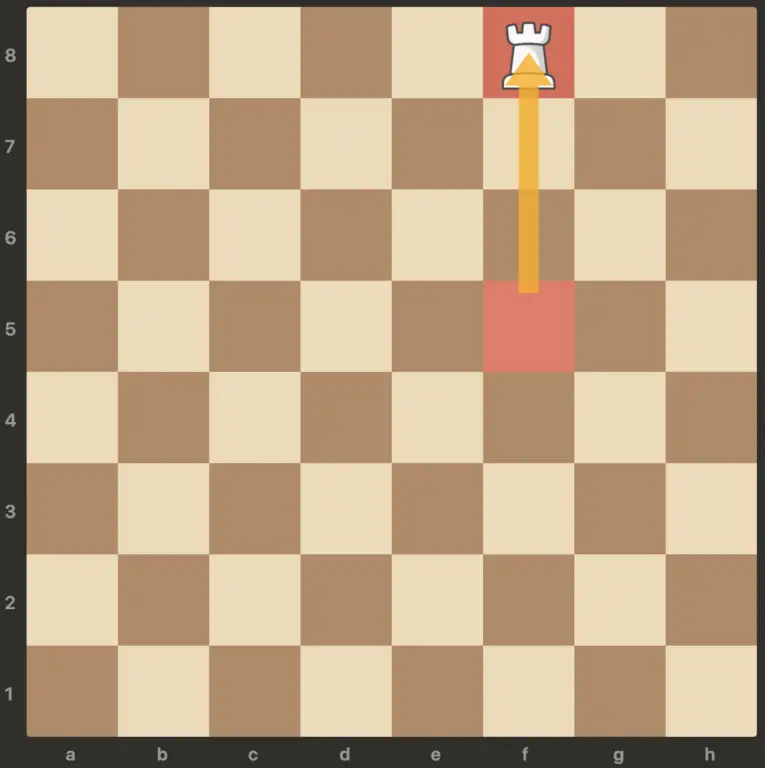
Besides the basic moves of rook, it does have a special move combined with a king called castling!
Rook and King chess pieces castling move
The chess pieces included in castling are the rook and king; this special move is made by holding the king and moving it beside the rook, then moving the rook around the king's position (see image below).
So, to swap king and rook in chess is to make a special move called castling. The most common castling move done is what we call kingside castling or short castling (see image below), and the not so typical castling move is called the queenside castling or long castling (see image below).
Kingside castling or short castling
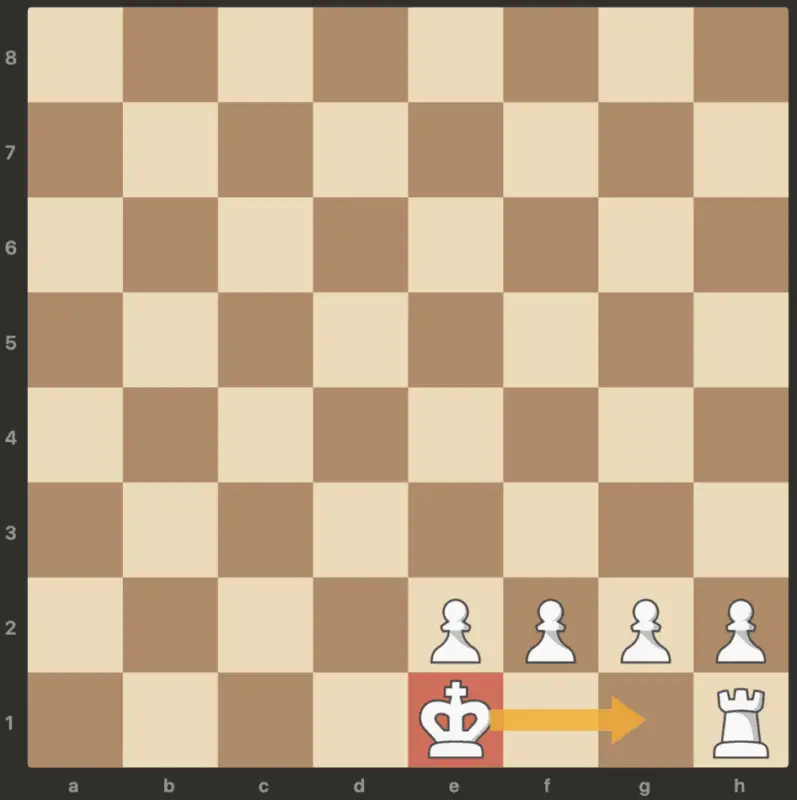

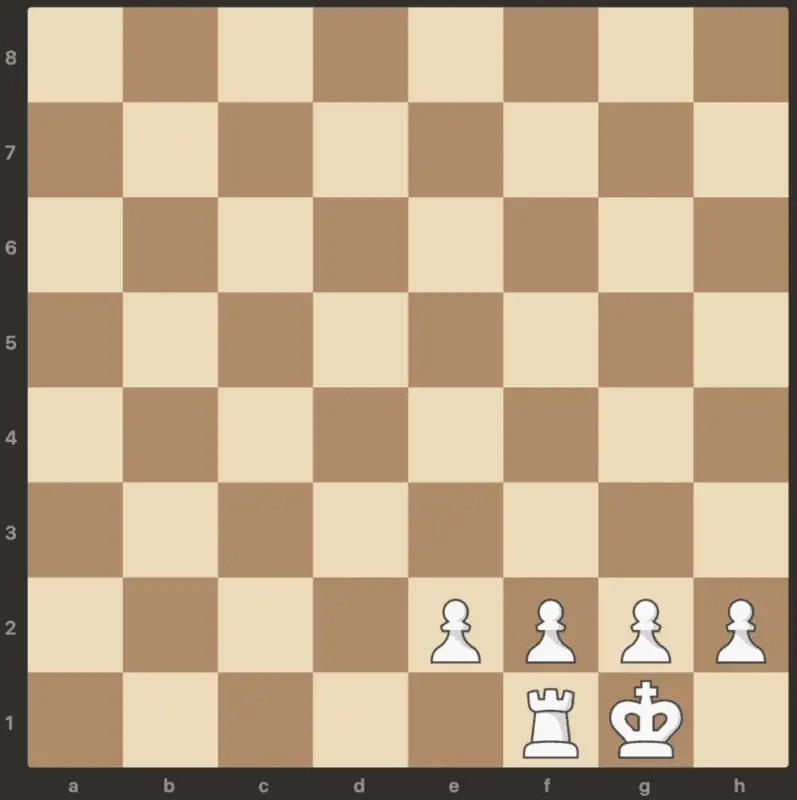
Queenside castling or long castling
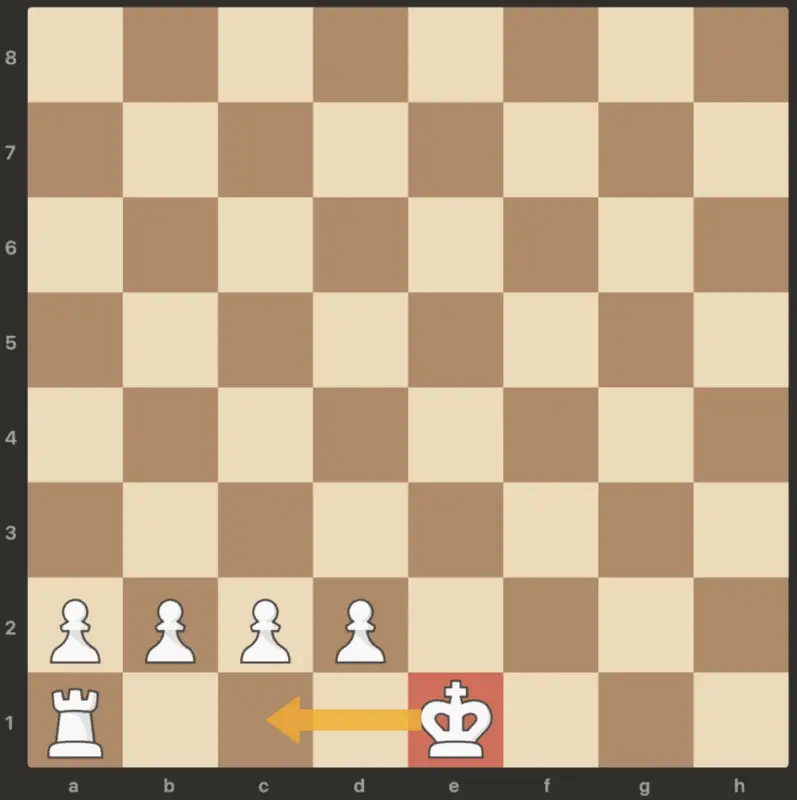
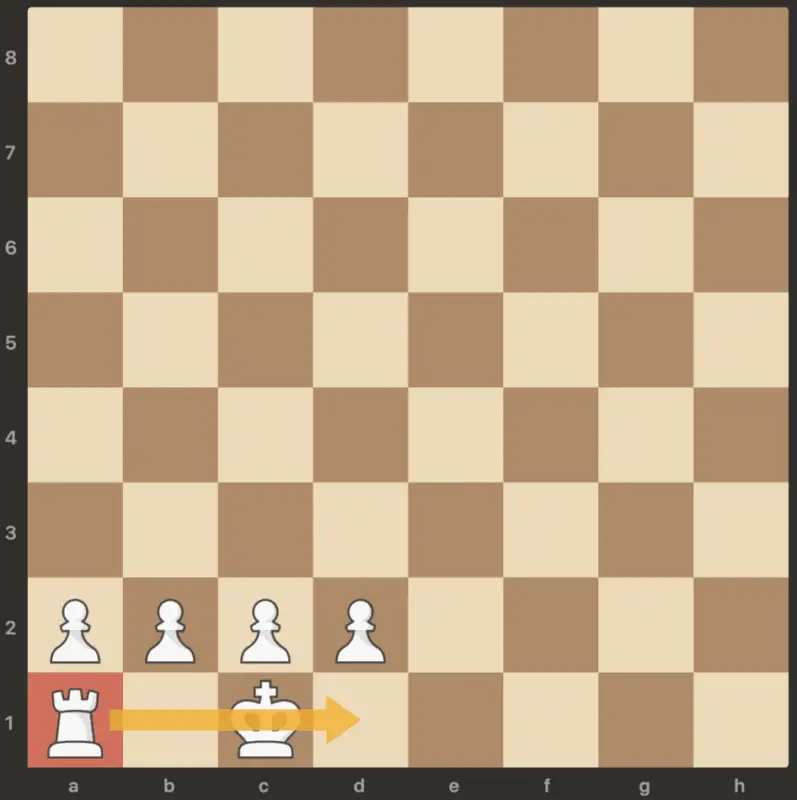
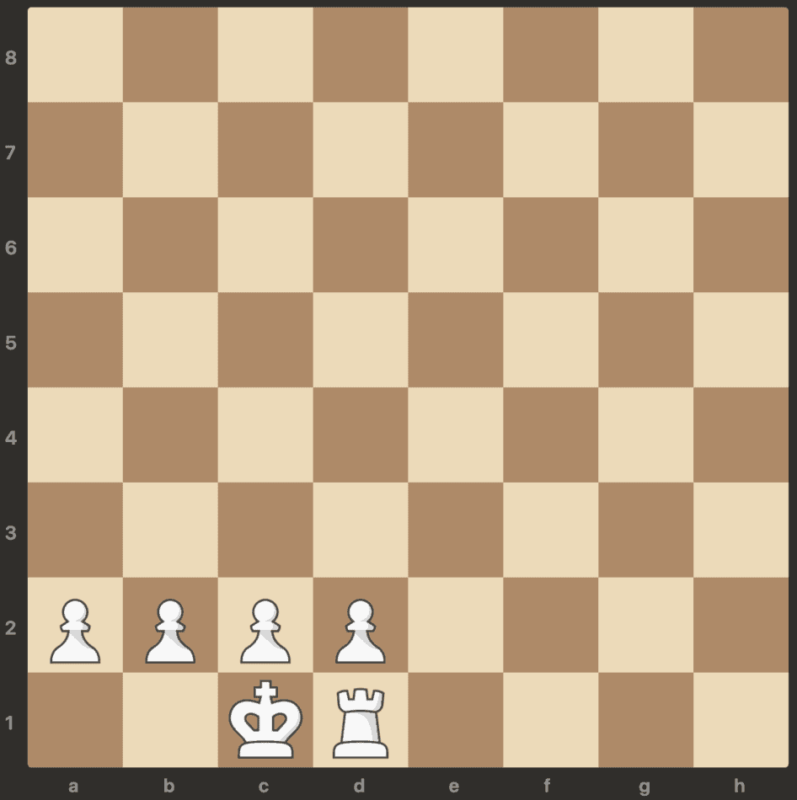
The only tip I can give you when choosing which side to castle is you castle where your king is much safer. There are castling strategies that you can learn to make the best decision when keeping your king safe!
Can you castle with either rook in chess?
The answer is yes; you can use either castle on the queenside or castle kingside. There should always be a clear pathway for the rook and king to perform the castling move because even if there is just one piece blocking the rook and king, they won't be able to complete the castling move.
For example, if there is a knight between the king and rook (see image below), you cannot move around or jump over the knight. Only the knight can jump over other chess pieces.
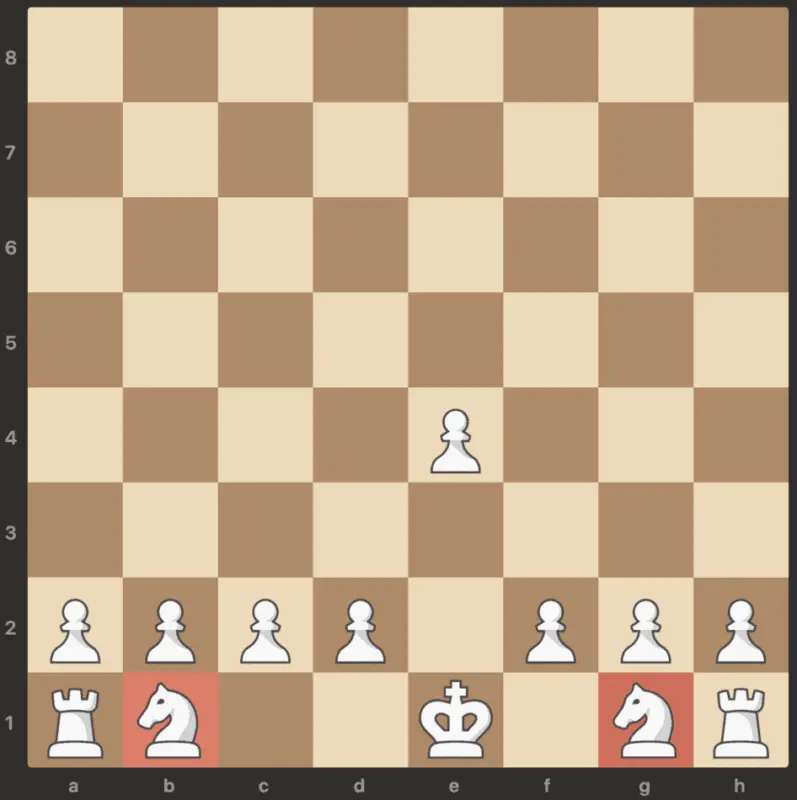
Chess rules on how to win with just a rook?
In order to win with just a rook, you should be able to control the essential squares of your opponent and be able to take advantage of the rook's long-range ability. When you understand how to use the rook's ability, then you can quickly checkmate your opponent's king with rook and king.
Below is an example of how to checkmate with a king and rook;
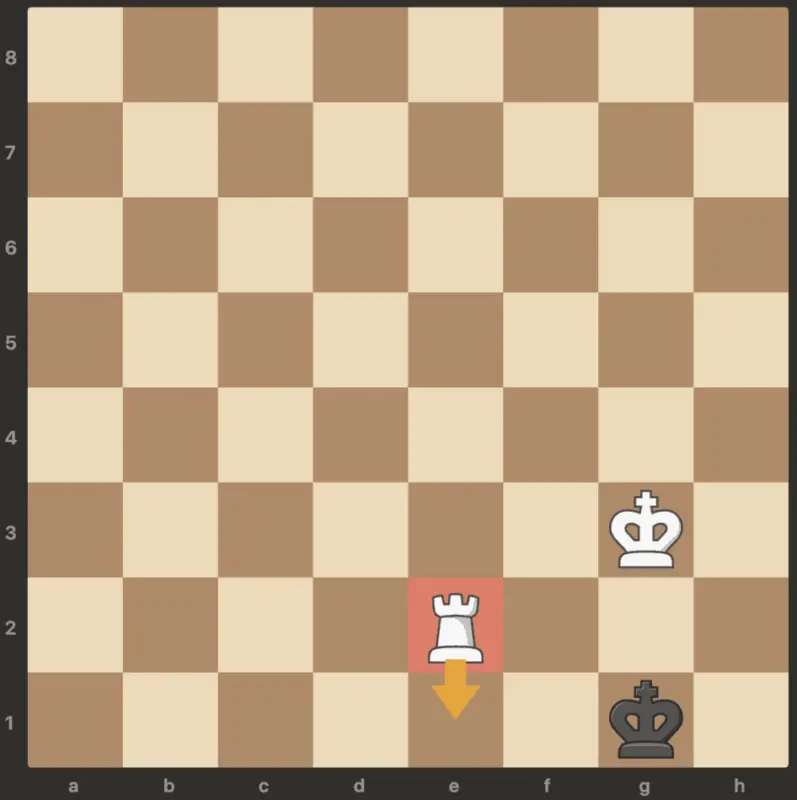
There are different ways to use the king and rook to win a game, but all you need to learn is how to use and control the squares with your rook.
How do you use the rook in chess?
You can use the rook to control the file and rank of the chessboard; that is where the power of the rook really evolves. If you have your rook at the center of the board, then you can use the rook to control more squares.
You can use the rook for castling, and you can read some rules of castling to give you more ideas. There are illegal moves in chess that you have to avoid when performing special moves like castling.
Wrapping Up
I hope you were able to learn more about rook and how you can use it to win in chess. You need to remember that the rook can perform a checkmate even if it is just your king and lone rook.
All you need to learn is how to use the rook to control the files and ranks, to be able to checkmate your opponent's king quickly.
If you are ready to play and practice what you have learned here, I recommend you join this website so you can start playing and learning chess more.
I also encourage you to check out our chess resources which I also use myself!

